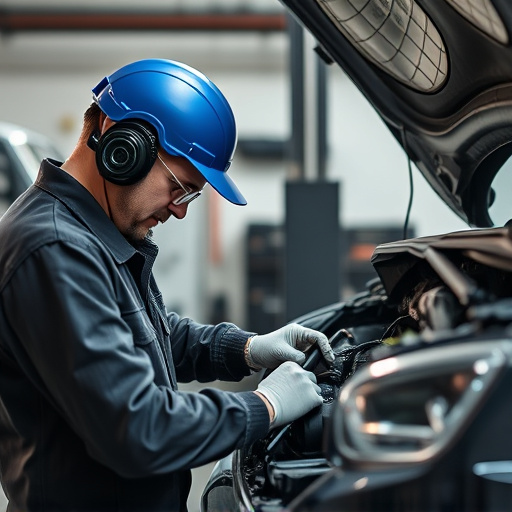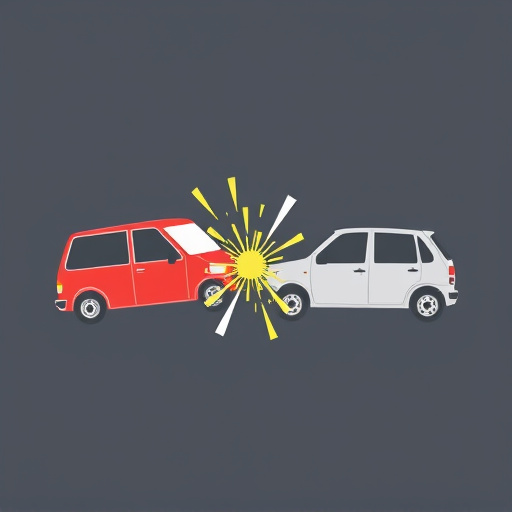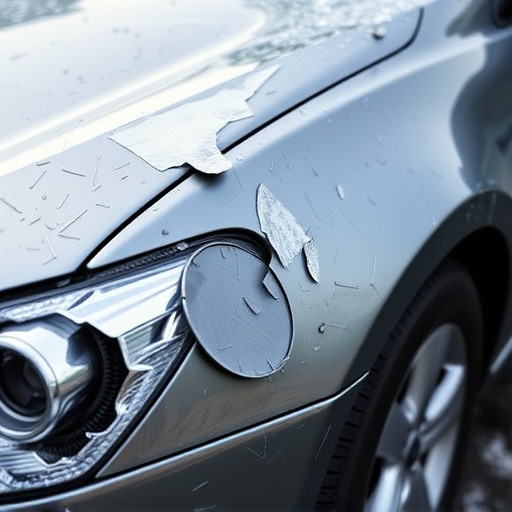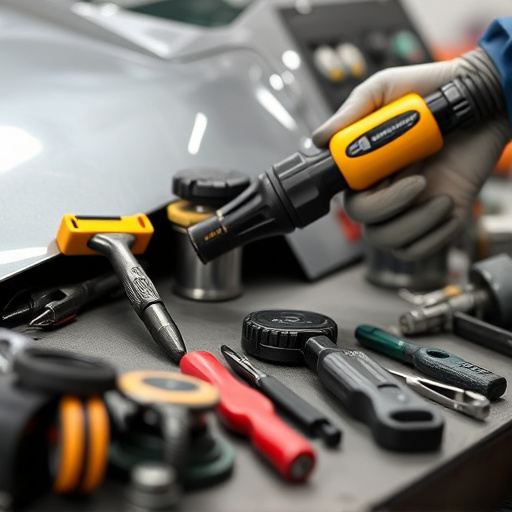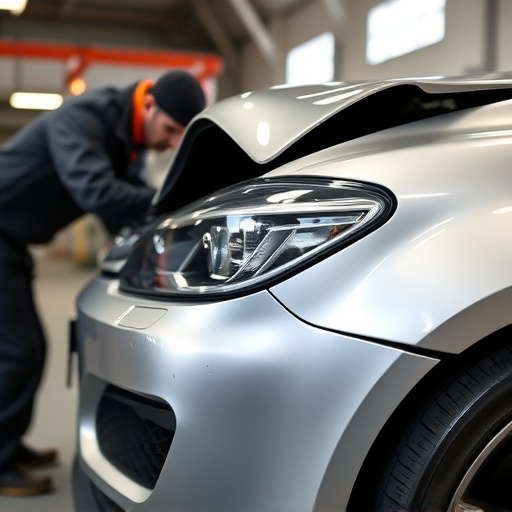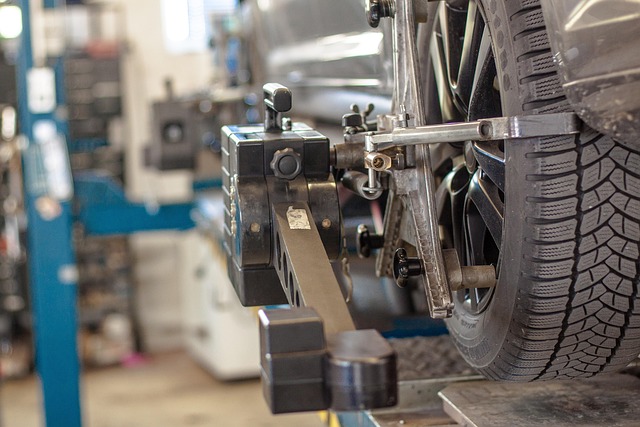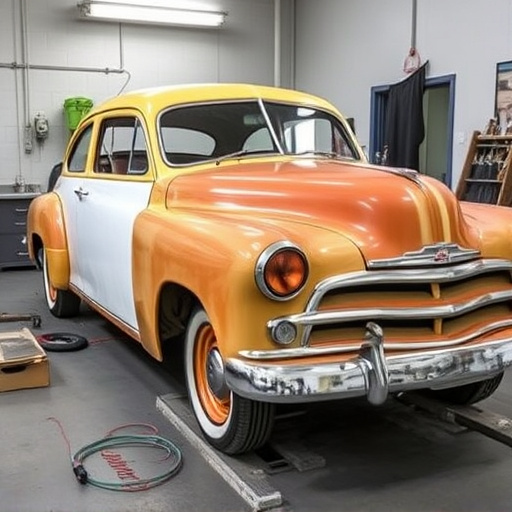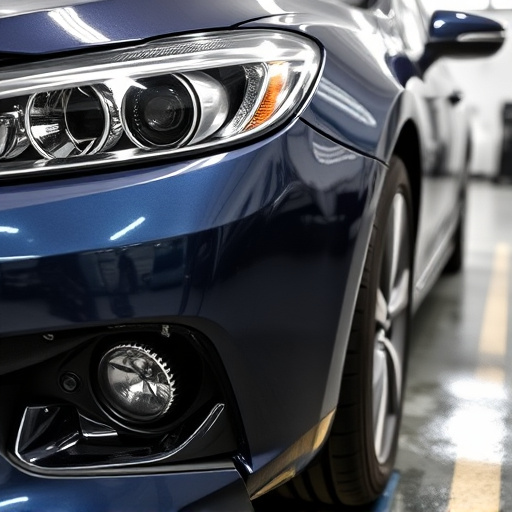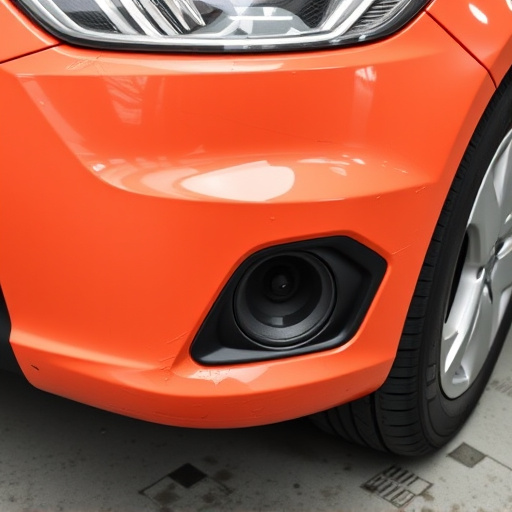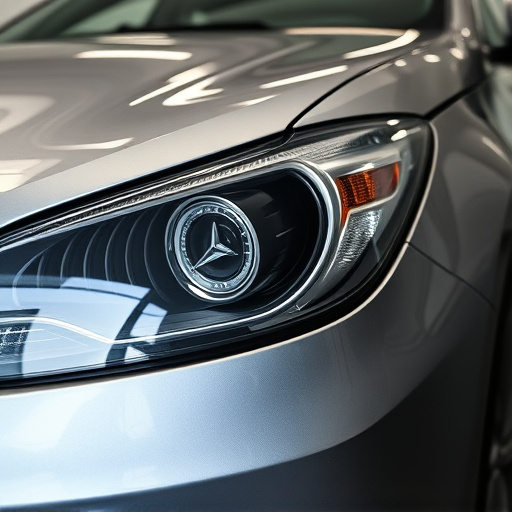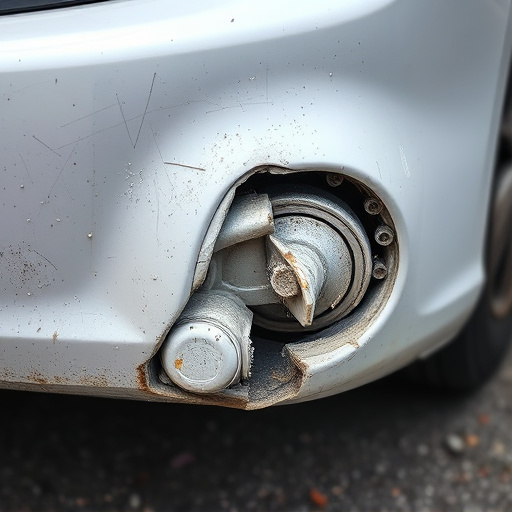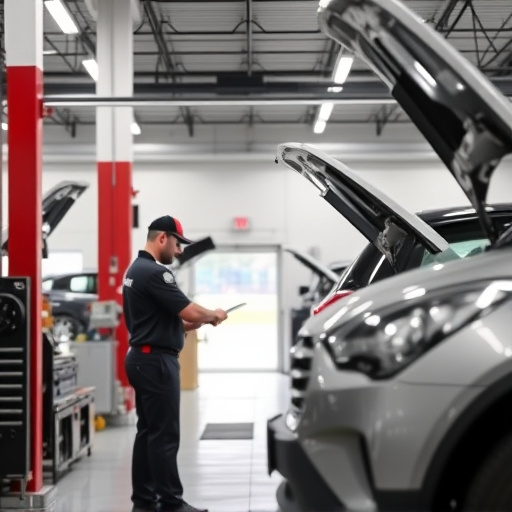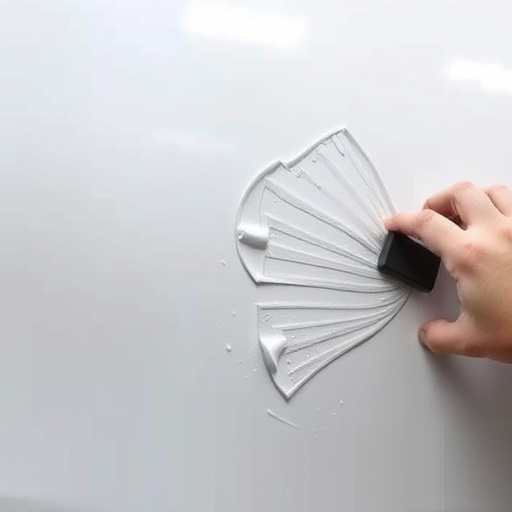Before expanding your PDR tool collection, assess current tools based on your shop's unique needs, identifying gaps and outdated items. Consider versatility, ease of use, durability, and cost-effectiveness. Evaluate advanced car models' dent patterns requiring specialized tools. Integrate advanced technology like smart sensors and AI software for enhanced efficiency, reduced errors, and superior results in PDR.
As a professional in the field, you understand the importance of an extensive PDR (Paintless Dent Repair) tool set. This article guides you through the next critical steps to expand your arsenal. We’ll explore evaluating your current PDR tools, identifying areas for improvement, and integrating advanced technology to boost efficiency. By understanding these key aspects, you can stay ahead in the industry, ensuring your clients receive top-notch service with every repair.
- Evaluating Existing PDR Tools in Your Arsenal
- Identifying Gaps and Future Needs
- Integrating Advanced Technology for Enhanced Efficiency
Evaluating Existing PDR Tools in Your Arsenal
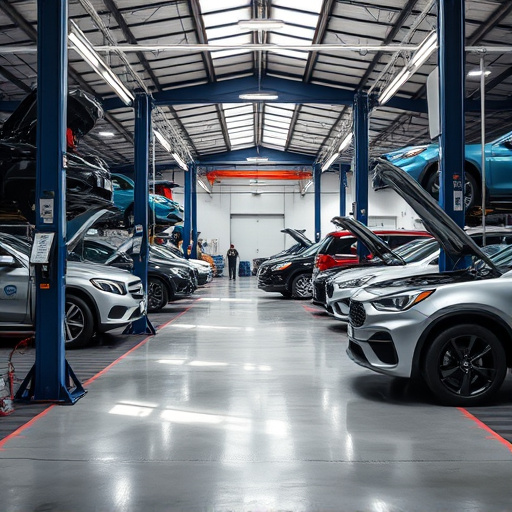
Evaluating your current collection of PDR tools is a crucial step before expanding. Every auto body repair shop has a unique set of requirements based on the types of damage they typically encounter, from minor dents and scratches to more complex collision center repairs. Take an honest look at what’s already in your arsenal – do you have all the necessary tools for efficient and effective auto body repair? Identify any gaps or areas where current tools might be outdated or insufficient for handling common issues like fender benders.
Understanding which PDR tools serve you best will guide your decision-making when expanding. Consider tool versatility, ease of use, durability, and cost-effectiveness. Remember, the right set of PDR tools can significantly enhance productivity, streamline processes, and ultimately contribute to higher customer satisfaction in auto body repair services.
Identifying Gaps and Future Needs
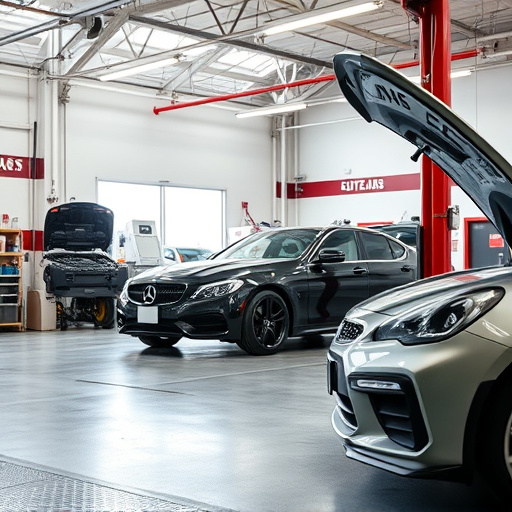
When expanding your PDR (Paintless Dent Repair) tool set, it’s crucial to start by identifying gaps in your current arsenal and anticipating future needs. This process involves careful consideration of the types and complexity of dents commonly encountered in auto body shops, whether specializing in regular vehicles or luxury vehicle repairs. Assessing the current market trends in automotive repair is key; new car models often come with advanced body structures and unique dent patterns that require specialized tools.
By evaluating your shop’s workflow and the specific needs of your clientele, you can determine which PDR tools are essential for consistent, high-quality results. For instance, while a standard set might suffice for minor dents on regular cars, luxury vehicle repairs often demand more intricate and precision-based tools to match the meticulous craftsmanship required for these high-end vehicles.
Integrating Advanced Technology for Enhanced Efficiency
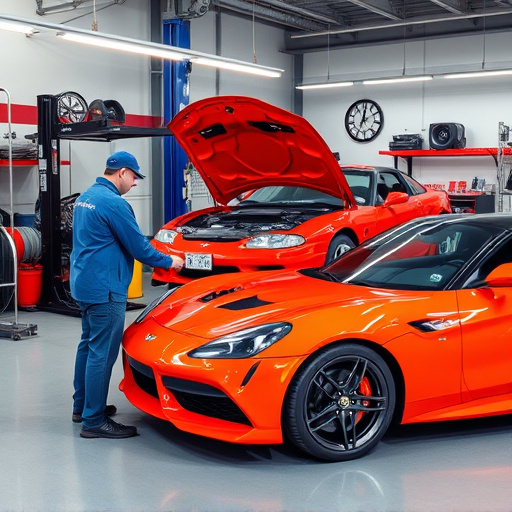
In today’s digital era, integrating advanced technology is a game-changer for any industry, and automotive repair is no exception. When it comes to expanding your PDR (Paintless Dent Repair) tool set, embracing innovative solutions can significantly enhance efficiency in both vehicle paint repair and auto body repair processes. By incorporating the latest tech into your arsenal, you’re not just keeping up with industry trends but also ensuring superior quality and speed in every job.
Advanced technology offers a range of benefits for PDR professionals. From smart sensors that accurately detect and measure dents to AI-powered software that provides precise repair instructions, these tools streamline the entire process. For instance, automated dent removal systems can reduce manual labor and minimize the risk of human error, making auto body repair more efficient and consistent. This not only saves time but also guarantees exquisite results in vehicle paint repair, ensuring customer satisfaction.
Expanding your PDR tool set is a strategic move towards enhancing your workflow efficiency. By evaluating existing tools, identifying gaps, and integrating advanced technology, you can future-proof your practice. Remember, staying ahead of the curve with up-to-date PDR tools will ultimately benefit both you and your clients by streamlining processes and improving overall outcomes.
